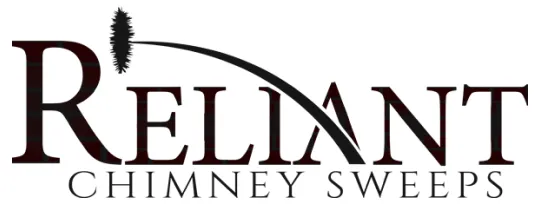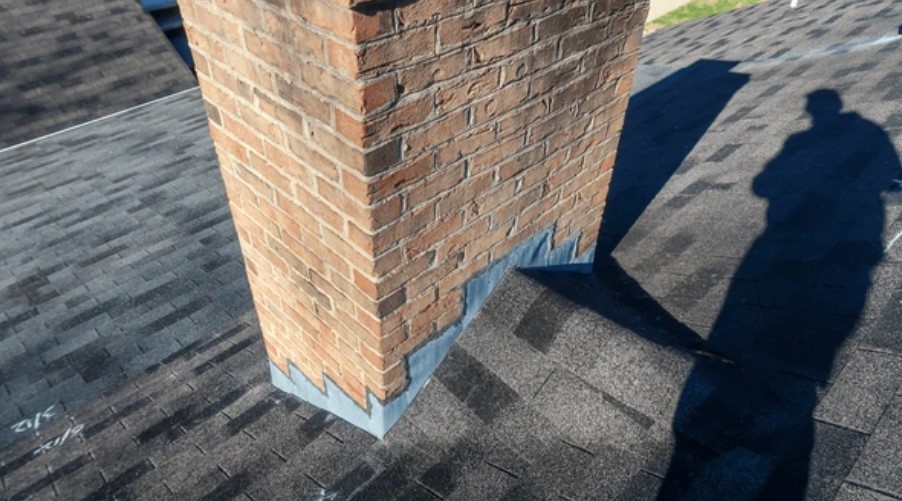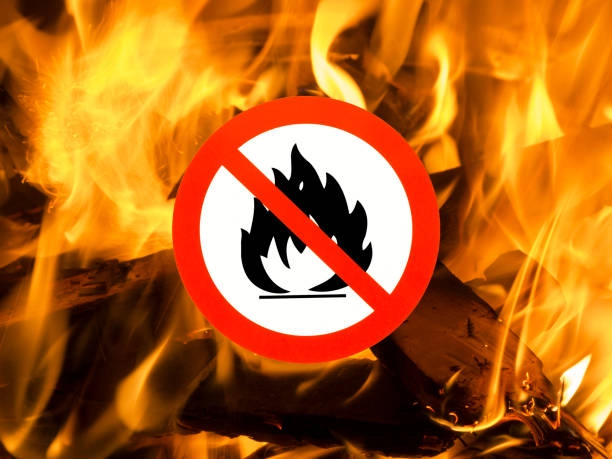If you’re hearing the word “cricket” and thinking of bugs chirping or backyard sports, don’t worry—you’re not alone. In the chimney world, a cricket has nothing to do with insects or batting averages. Instead, it’s a small but mighty structure that plays a big role in protecting your roof and chimney from water damage.
At Reliant Chimney Sweeps, we get a lot of questions from homeowners across Texas who’ve never even heard of a chimney cricket—until water starts leaking into their home. So let’s clear it up: what exactly is a chimney cricket, why might you need one, and how can it save your chimney (and your ceiling) from serious trouble?
What Is a Chimney Cricket, Really?
A chimney cricket, also known as a roof saddle, is a small, peaked structure built on the high side of your chimney where it meets the roof. Its job? To divert water and debris away from the base of the chimney, where it would otherwise pool up and cause long-term issues.
Imagine rain sliding down your roof and running right into the back of your chimney. With nowhere to go, that water collects at the base, soaking into bricks, flashing, and underlayment. Now imagine that happening over and over again, storm after storm. That’s a fast-track recipe for leaks, rot, and major chimney deterioration.
The cricket sits there like a miniature roof, gently parting the flow of water and guiding it around the chimney instead. It’s not flashy, but it’s highly effective.
Do All Chimneys Need a Cricket?
Not necessarily, but many do—especially in Texas. If your chimney is wide and located on a sloped roof, you’re a prime candidate for a cricket.
Some newer homes come with them already installed. But on older homes, especially those with masonry chimneys and traditional sloped roofing, a missing cricket could mean water has been sneaking in for years. And unless you’ve been up on your roof recently with a flashlight and a measuring tape (we won’t judge), you might not even know one’s missing.
Here’s where it gets serious: Without a cricket, water can seep into your roof structure, lead to mold, rot out the wood decking, and compromise your chimney’s structural integrity. We’re talking thousands of dollars in repairs that could’ve been avoided with a simple angled bump in the roofing.
What Happens If You Don’t Have One?
We’ve seen the aftermath: interior ceiling stains, moldy attic insulation, bricks popping loose from constant moisture exposure, and flashing that’s pulled away entirely.
The problem with chimney leaks is they’re slow and sneaky. By the time you see evidence inside your home, the damage behind the scenes is often already significant.
That’s why most reputable roofing and chimney codes recommend crickets for chimneys that meet the size and roof pitch requirements. Some building codes require them, especially in areas with heavy rainfall or known water drainage issues.
If your chimney is showing signs of water damage or you’re planning a new roof installation, it’s the perfect time to assess whether a chimney cricket is needed.
How Is a Chimney Cricket Installed?
Installing a chimney cricket isn’t as simple as slapping some shingles onto plywood. It needs to be properly framed, flashed, and tied into the roofing system to do its job without creating new problems. That’s why it’s a task best left to experienced professionals who understand both chimney anatomy and roofing systems.
At Reliant Chimney Sweeps, we work alongside roofers or independently to ensure your chimney is built to last. We assess the pitch of your roof, the size of your chimney, and any drainage patterns that could impact performance.
Our team knows the specific needs of Texas homes and how to prevent long-term water damage using smart chimney construction and upgrades.
Is It Worth Adding a Cricket Now?
Here’s the honest answer: If you’ve had even a hint of a chimney leak, it’s worth checking. Adding a cricket now can save you thousands in structural repairs later.
And if you’re planning to install a new roof, that’s the ideal time to make the upgrade. Roofing crews already have materials on hand, and it’s easier to integrate a cricket during installation than to try to retrofit one later.
Plus, from a resale standpoint, a home with a properly protected chimney signals careful maintenance and long-term durability—a subtle but powerful boost in value.
Let’s be real: a dry, leak-free attic is always more attractive than a surprise water stain or warped ceiling drywall.
Commercial Properties: Don’t Skip the Cricket Either
Own or manage a commercial property with a chimney? This isn’t just a residential concern. Commercial buildings with flat or low-sloped roofs are especially vulnerable to pooling water at the chimney base.
We’ve worked with local businesses, churches, and apartment buildings to design and install proper drainage solutions—including crickets—that prevent downtime and water damage claims.
If your property depends on fireplace aesthetics, heating efficiency, or structural integrity, a well-designed chimney system—including a cricket—protects both your asset and your liability.
A Little Cricket Goes a Long Way
It’s a small piece of roofing geometry, but a chimney cricket can make a big difference in the health of your home. Whether you’re buying a new property, planning a roof replacement, or just tired of chasing down leaks, it’s worth finding out if a cricket is missing from the equation.
At Reliant Chimney Sweeps, we offer full chimney inspections that include roofline assessments, flashing evaluations, and chimney cricket consultations. We don’t just look at what’s visible—we dig deeper to make sure your chimney is fully protected from the elements.
Not sure if your chimney needs a cricket? Book a roofline inspection with us today and get peace of mind knowing your chimney is ready to weather any Texas storm.




